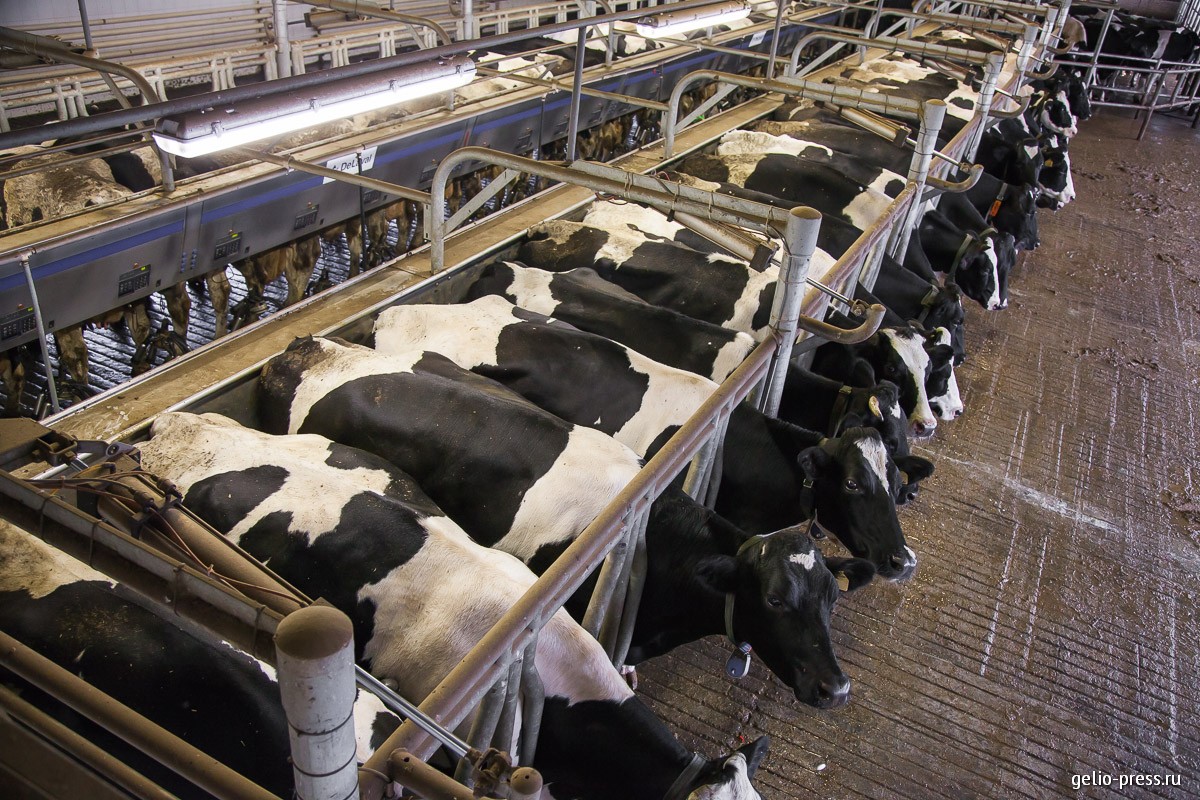Farmers forced to sell their cows as drought conditions worsen across US

Extreme drought and inflationary pressures are forcing US farmers in Western states to sell off their cattle herds in greater numbers, at levels not seen in over a decade.
Nearly 80% of the western region of the US is experiencing extreme drought conditions — and has been for nearly a year, according to the America Farm Bureau Federation. But the most recent week-long heatwave, impacting nearly 80 million people across the country, has brought things to a boiling point for farmers and ranchers.
Temperatures in Texas have remained around 100 degrees for weeks, depleting water and burning grass — both critical to feeding and maintaining cow herds. Some ranchers’ say their only option is to sell.
“We haven’t had this kind of movement of cows to market in a decade, since 2011, which was our last really big drought,” said David Anderson, a professor of Agricultural Economics at Texas A&M.
Last year, severe drought in the West forced 40% of farmers to sell off part of their herds, according to an AFBF survey. Now, inflationary costs for things like feed, fertilizer, and fuel are only making the situation worse. Many cows are headed to auction.
The small sale barn in Elk City, Oklahoma which services four small counties normally sees 200-300 cows on sale day. Last week they saw 1,000, according to Monte Tucker, a state board member of the Oklahoma Farm Bureau.
Tucker, a fifth-generation cattle rancher himself says he’s holding out selling his cows until there is no more grass for them to eat. He’s supplementing his herd’s food with seed — but it’s proving to be very expensive.
“It’s twice as high as it was two years ago. We were buying that feed for $200 a ton and today it’s $400 plus. So, feed’s doubled — that’s another crunch,” said Tucker.
While ranchers are reluctant sellers, they are at least getting a good price at market, according to Anderson. That could eventually mean lower prices for consumers. The price of ground beef for American consumers in June was up 9.7% over the last year.
But the concern is prices in the future. With smaller herds and fewer breeding cows, the next two years could spell higher beef prices for consumers. The US Department of Agriculture, or USDA, is projecting a 7% decline in beef production next year.
There is one caveat: Ranchers must live in a county with a severe drought ranking level for an extended period of time, as measured by the US Drought Monitor.
In Missouri, Governor Mike Parson signed an executive order Thursday offering aide to 53 counties in his state affected by extreme drought.
“I know on my farm that conditions have deteriorated quickly, and we are hearing the same reports from countless other farm and ranch families across the state,” Governor Parson said in a press release.
The order directs the departments of the Natural Resources and Conservation to allow farmers access to water at state parks and other conservation areas. Additionally, Parsons directed the Missouri Department of Transportation to wave fees and restrictions on farmers and ranchers hauling hay.
Read also
Wheat in Southern Brazil Impacted by Dry Weather and Frosts
Oilseed Industry. Leaders and Strategies in the Times of a Great Change
Black Sea & Danube Region: Oilseed and Vegoil Markets Within Ongoing Transfor...
Serbia. The drought will cause extremely high losses for farmers this year
2023/24 Safrinha Corn in Brazil 91% Harvested
Write to us
Our manager will contact you soon



